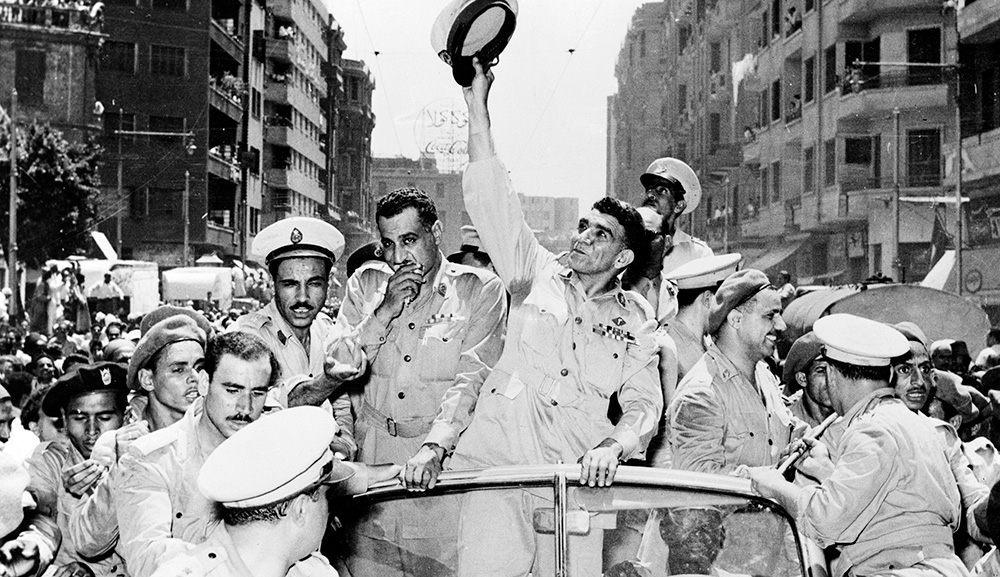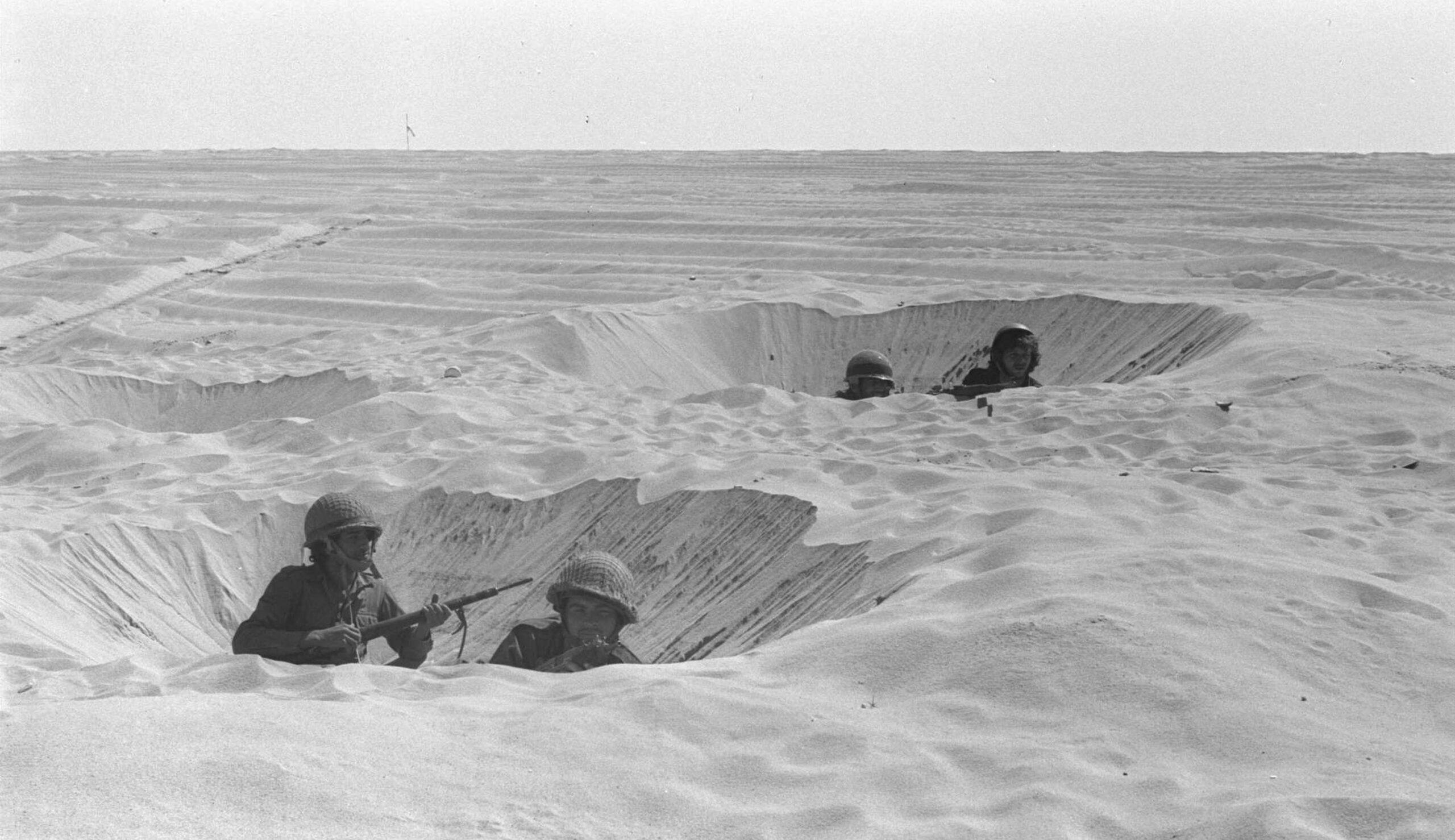Although it was originally thought that Iran-backed Houthi rebels in Yemen attacked a Saudi oil pipeline with a drone on May 14, the U.S. government recently confirmed that in fact it was Kataib Hezbollah, an Iraqi militia fully under Tehran’s control. Kataib Hezbollah is but one of several paramilitary groups the Islamic Republic funds and directs in Iraq, under the auspices of its Islamic Revolutionary Guard Corps (IRGC). Michael Pregent explains the implications:
[Iran’s] ability to carry out proxy attacks against a U.S. ally from Iraq, another supposed U.S. ally, highlights America’s failed strategy in Baghdad. As a result of American and Saudi pressure, Iraq’s Prime Minister Adil Abdul Mahdi ordered the closure of IRGC militia offices across the country on July 1. However, militias have ignored similar calls before; the Iraqi government either cannot or will not remove the Iranian-backed militias from its territory, nor will it prevent them from targeting U.S. allies. Senior Iraqi politicians will not dare challenge the militia leaders. . . .
Instead, the Iraqi government has been compromised by Iranian influence and allows senior Iranian figures to freely operate in Iraqi territory. [For instance], Abu Mahdi al-Mohandes, . . . holds an official Iraqi government position [and] is also the leader of Kataib Hezbollah. . . . As a member of government, Mohandes has access to U.S. intelligence, training, and equipment. . . . Kataib Hezbollah has [also] been trained by the IRGC and Lebanese Hizballah to fire advanced guided missiles from Southern Syria to Israel.
The Iraqi governments’ current strategy to counter Iranian influence involves integrating Kataib Hezbollah and other militias into its armed forces, a plan Pregent argues could make matters worse:
The result will be [Iran-backed] militias wearing Iraqi uniforms. . . . They will be the ones flying U.S. F-16s; they will be the ones driving U.S. M1A1 Abrams tanks, as well as the newly delivered Russian T-80 tanks. They will still answer to [the IRGC] directly.
The U.S. needs to change course in Iraq. The militias need to be opposed, and Mohandes needs to be removed, one way or another.
More about: Hizballah, Iran, Iraq, Israeli Security, U.S. Foreign policy


